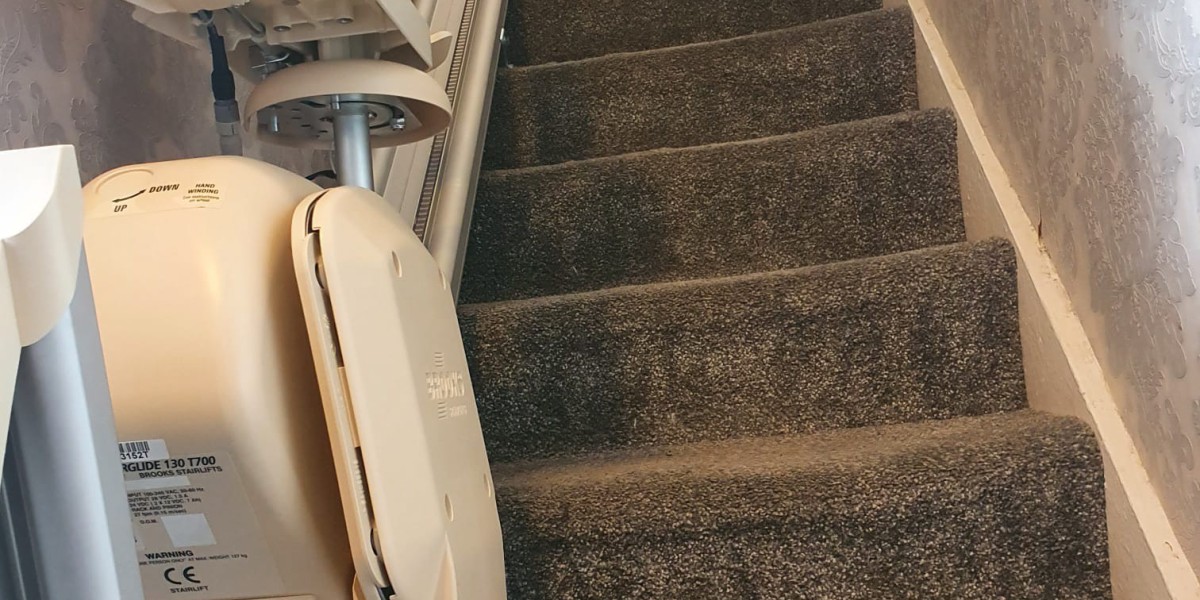Fibroids, non-cancerous growths in the uterus, are common among women, especially during childbearing years. While they may go unnoticed in some cases, they can lead to symptoms such as heavy periods, pelvic pain, frequent urination, and fertility challenges in others. Effective management of fibroids requires a personalized approach, often under the expert guidance of a gynecologist. Here’s a comprehensive look at how gynecologists help manage fibroids and the various treatment options available.
1. Understanding Fibroids and Their Types
Fibroids are growths that vary in size and location within the uterus, and understanding their nature is the first step in managing them. There are four main types of fibroids, each with unique characteristics and implications:
- Intramural fibroids: Develop within the uterine wall and can cause heavy bleeding and pelvic pain.
- Submucosal fibroids: Located under the uterine lining, these are often linked to heavy, prolonged periods and may impact fertility.
- Subserosal fibroids: Found outside the uterus, these can grow quite large and press on other organs, leading to discomfort.
- Pedunculated fibroids: Grow on a stalk outside or inside the uterus, potentially causing sharp pain if twisted.
2. Symptoms and When to See a Gynecologist
While some women may experience no symptoms, others might notice a range of issues, including:
- Heavy or prolonged menstrual bleeding
- Pelvic pain or pressure
- Frequent urination
- Pain during intercourse
- Lower back pain
If you’re experiencing any of these symptoms, especially if they affect your quality of life, it’s essential to see a gynecologist. They can provide a proper diagnosis, assess the severity of your symptoms, and recommend suitable treatment options.
3. Diagnostic Approaches for Fibroids
Your gynecologist may use several methods to diagnose fibroids, including:
- Pelvic Exam: Initial assessment to detect unusual growths or signs of an enlarged uterus.
- Ultrasound: A non-invasive imaging technique to confirm the presence, size, and location of fibroids.
- MRI: Offers a detailed view, helping with the planning of treatments if surgical options are considered.
- Hysteroscopy or Laparoscopy: Minimally invasive procedures to examine fibroids more closely, especially if surgery is planned.
4. Treatment Options with Gynecologist Guidance
The management plan for fibroids depends on factors like the severity of symptoms, fibroid size, and your reproductive goals. Here’s an overview of the common treatment methods of fibroids:
A. Medications
For women with mild symptoms, medication may be the first line of treatment. These include:
- Hormonal therapies: Birth control pills or hormonal IUDs can help reduce bleeding and control menstrual cycles.
- Gonadotropin-releasing hormone (GnRH) agonists: These drugs shrink fibroids temporarily by putting the body into a low-estrogen state, making it a potential option before surgery.
- NSAIDs: Non-steroidal anti-inflammatory drugs, like ibuprofen, can help manage pain, though they won’t reduce fibroid size.
Gynecologist’s Role: Your gynecologist will tailor the medication plan based on your symptoms, monitor for side effects, and assess the effectiveness of the treatment over time.
B. Non-Surgical Procedures
For women who wish to avoid surgery, certain minimally invasive procedures may be recommended:
- Uterine Fibroid Embolization (UFE): This technique blocks the blood supply to fibroids, causing them to shrink. UFE is effective in reducing symptoms, but it may not be suitable for women who plan to become pregnant.
- MRI-Guided Focused Ultrasound: A newer treatment that uses focused ultrasound waves to shrink fibroids. This is a non-invasive option with a shorter recovery time.
Gynecologist’s Role: They will evaluate if you’re a candidate for these procedures and guide you through the pre- and post-procedure care, explaining potential risks and benefits.
C. Surgical Options
When medications or non-surgical procedures don’t provide relief, surgery may be the most effective solution. Common surgical options include:
- Myomectomy: This surgery removes the fibroids while leaving the uterus intact, making it a preferred choice for women who wish to preserve fertility.
- Hysterectomy: Complete removal of the uterus is a permanent solution for women with severe symptoms or those who no longer wish to have children. It ensures the fibroids do not return.
- Laparoscopic or Hysteroscopic Myomectomy: Minimally invasive surgeries that reduce recovery time and are often used for smaller fibroids or specific types like submucosal fibroids.
Gynecologist’s Role: A gynecologist helps determine the best surgical option based on the size, type, and location of the fibroids. They also provide guidance on post-surgery care and lifestyle adjustments to aid recovery.
5. Lifestyle Adjustments for Fibroid Management
Your gynecologist may recommend certain lifestyle changes to help manage symptoms and reduce fibroid growth. These adjustments can include:
- Dietary changes: Reducing red meat and adding more fruits, vegetables, and whole grains can help manage symptoms. Foods high in iron can also prevent anemia caused by heavy periods.
- Exercise: Regular physical activity can help manage weight, lower estrogen levels, and reduce fibroid-related symptoms.
- Stress management: Chronic stress can impact hormone levels and aggravate fibroid symptoms, so relaxation techniques like yoga and meditation can be beneficial.
6. Regular Monitoring and Follow-Up
Fibroids can change over time, so regular check-ups with your gynecologist are essential to monitor their growth and any related symptoms. This approach enables you to adjust your treatment plan as needed and address new symptoms promptly.
7. Fertility Considerations with Fibroids
For women with fibroids who are planning to conceive, the guidance of a gynecologist is especially crucial. Some fibroids may interfere with conception or pregnancy, and certain treatments may need to be adjusted accordingly.
Your gynecologist can guide you through options like:
- Pre-pregnancy planning: If fibroids are likely to cause complications, myomectomy or other interventions may be recommended before trying to conceive.
- Fertility-preserving treatments: Your gynecologist can advise on treatments that minimize risks to reproductive health.
8. Post-Treatment Care and Recurrence Prevention
Fibroids may recur after treatment, so ongoing care is important. Your gynecologist will provide guidelines on lifestyle adjustments, hormone management, and other preventive measures to reduce the risk of fibroid regrowth.
Final Thoughts: Your Gynecologist as a Key Partner in Fibroid Management
The journey of managing fibroids is a collaborative one. By working closely with a gynecologist, you can benefit from a tailored, expert-guided approach that aligns with your health goals and lifestyle. Whether you’re exploring medications, considering surgery, or seeking lifestyle advice, your gynecologist plays an essential role in helping you make informed choices and improve your quality of life.
Fibroids may be challenging, but with the right support, management options, and ongoing care, you can find relief and live a vibrant, symptom-free life.


